Introduction:
Nestled in the heart of Central Asia, Turkmenistan is a land of ancient traditions, stunning landscapes, and peculiar quirks. Despite its relatively low profile on the world stage, this enigmatic country holds a treasure trove of intriguing facts that will leave you scratching your head in wonder. From bizarre laws to surreal architectural feats, here are 10 of the strangest facts about Turkmenistan that will pique your curiosity and ignite your sense of adventure.
#1. The Door to Hell:
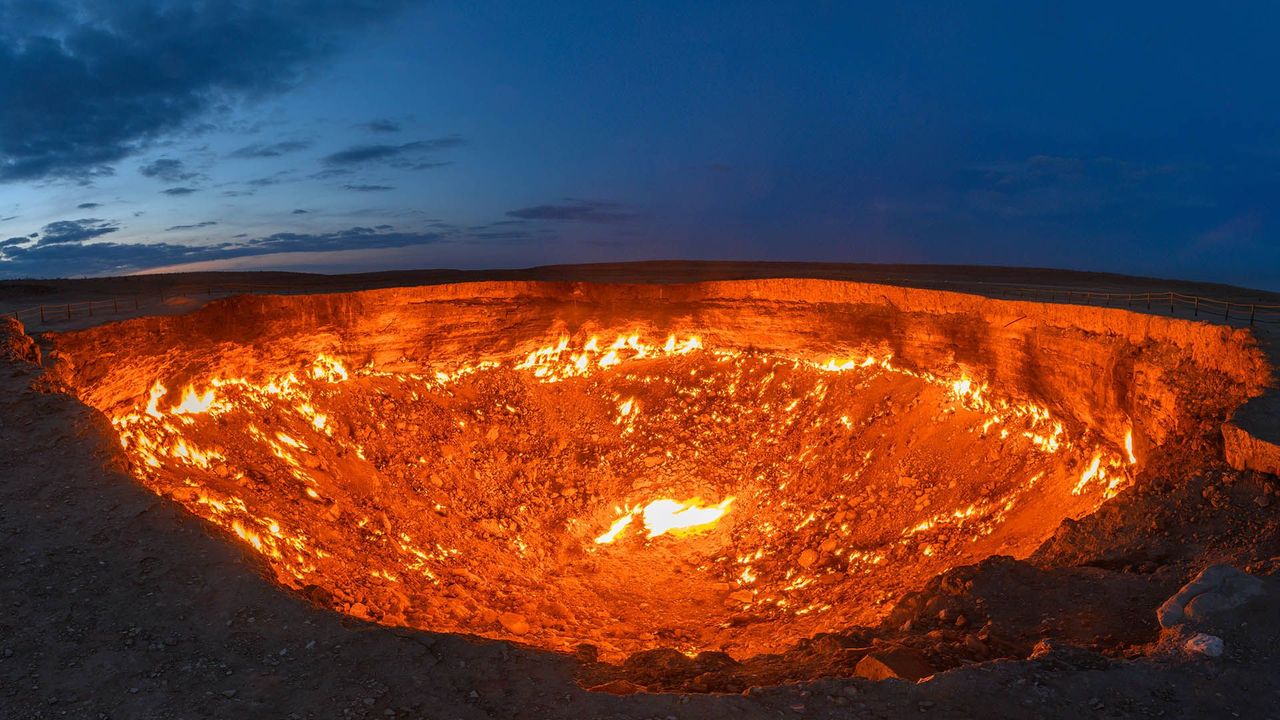
At the heart of the Karakum Desert lies a surreal sight known as the “Door to Hell.” This massive crater, perpetually ablaze with flames, is the result of a Soviet drilling mishap in the 1970s and has been burning ever since, creating an otherworldly spectacle that attracts curious visitors from around the globe.
#2. The Marble City of Ashgabat:
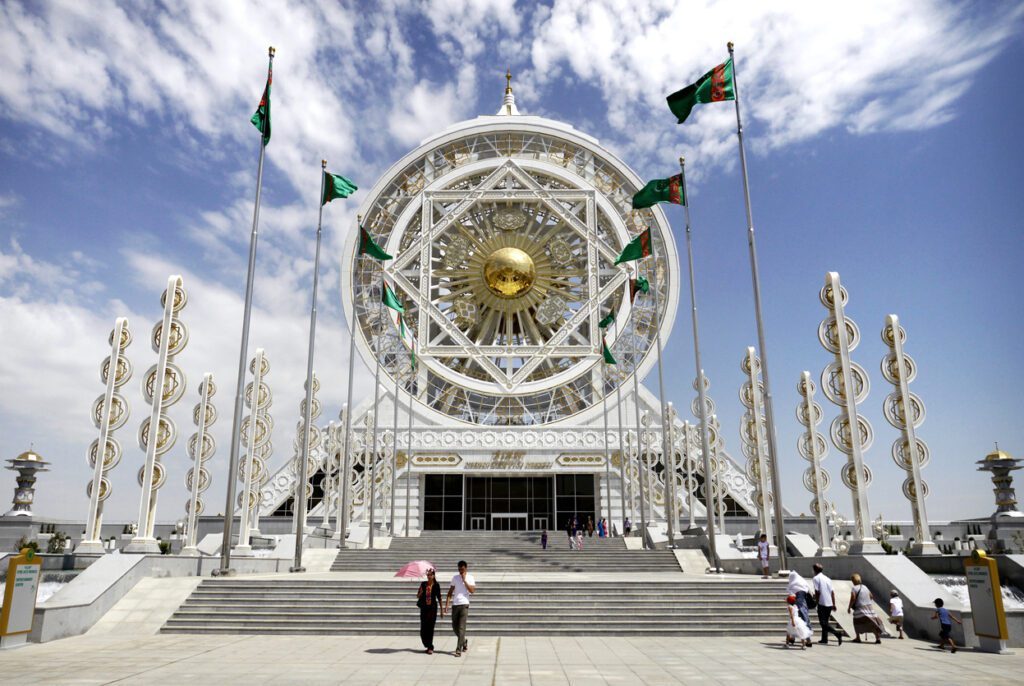
Ashgabat, the capital city of Turkmenistan, is a gleaming metropolis adorned with towering white marble buildings. With its extravagant architecture and opulent monuments, including the world’s largest indoor Ferris wheel, Ashgabat has earned the nickname “the city of white marble” and stands as a testament to the eccentricity of Turkmenistan’s leadership.
#3. The Dictator’s Obsession with Guinness World Records:
Turkmenistan’s former president, Saparmurat Niyazov, had a penchant for setting bizarre Guinness World Records. From erecting the world’s largest indoor Ferris wheel to constructing the world’s largest enclosed stadium shaped like a yurt, Niyazov’s obsession with monumental feats knew no bounds.
#4. The Turkmenbashi’s Golden Statue:
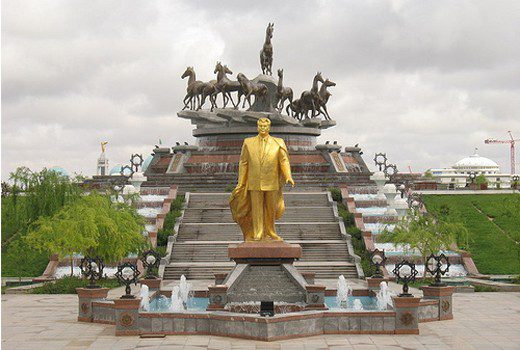
In Ashgabat, a towering golden statue of Saparmurat Niyazov, also known as Turkmenbashi or “father of all Turkmen,” once dominated the cityscape. At 12 meters tall, the statue rotated to always face the sun, symbolizing Niyazov’s cult of personality and his desire for eternal reverence.
#5. The Forbidden Fruit:
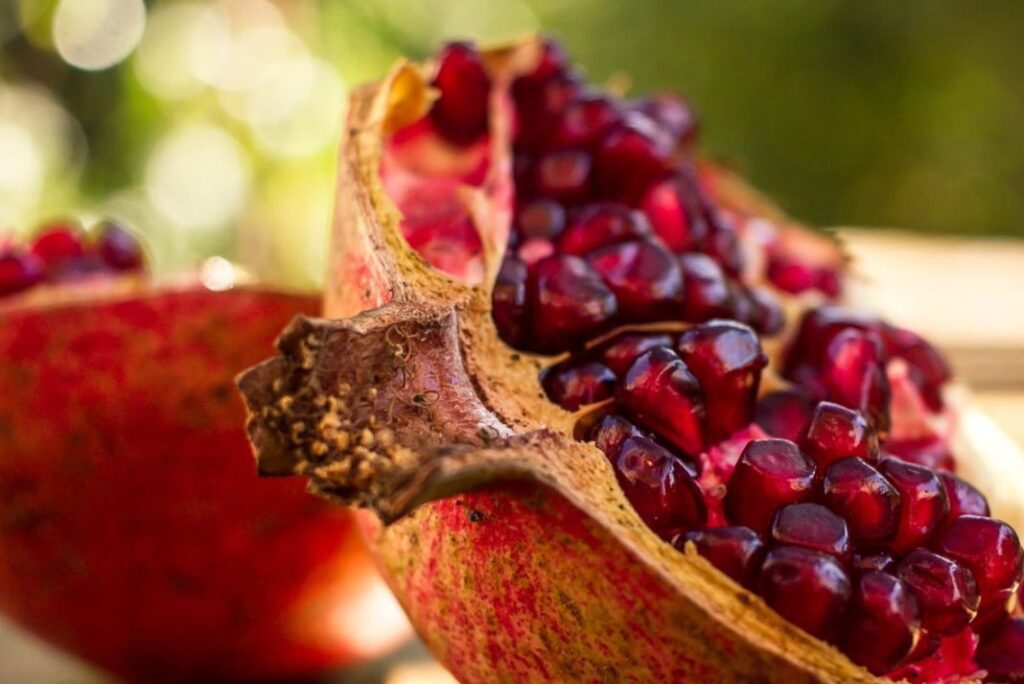
Under Niyazov’s authoritarian rule, the import and sale of black cars were banned in Turkmenistan, as he believed they brought bad luck. Similarly, the consumption of alcohol and even the act of owning a pet dog were heavily restricted, reflecting the idiosyncratic nature of the country’s leadership.
#6. The Eccentric Calendar:
In a bid to distance Turkmenistan from its Soviet past, Niyazov introduced a series of eccentric reforms, including renaming the days of the week and months of the year after Turkmen heroes and cultural symbols. This idiosyncratic calendar was just one example of Niyazov’s efforts to shape Turkmenistan’s national identity.
You May Also Like These
#7. The Enigmatic Gates of Hell:
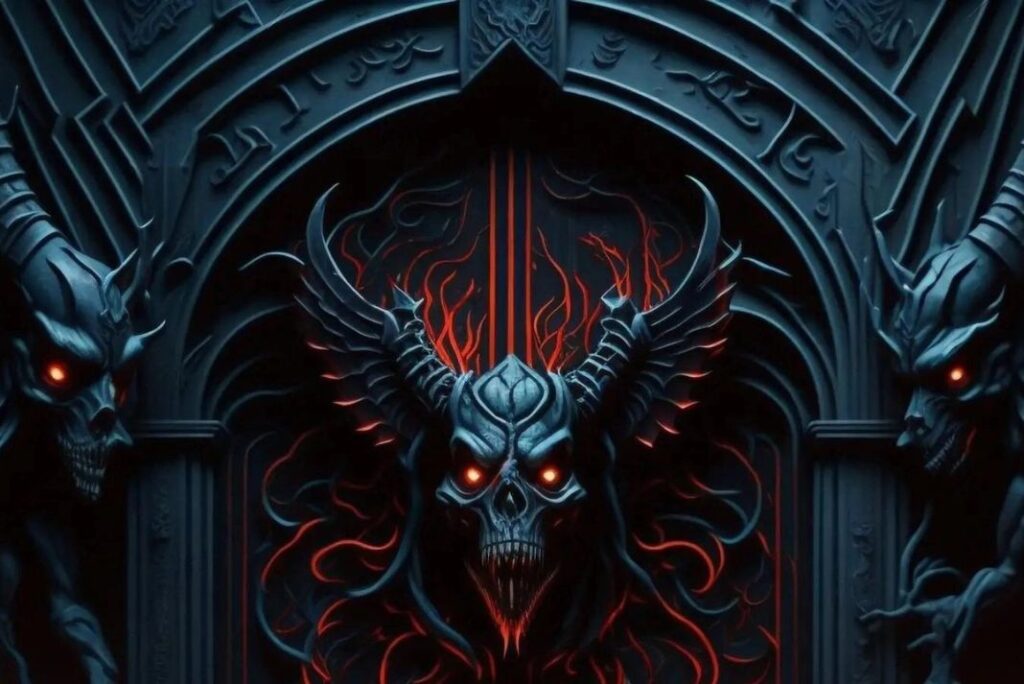
Dotting the desert landscape of Turkmenistan are hundreds of mysterious holes known as “gates of hell.” These natural gas craters, created by Soviet drilling operations gone awry, emit flames and noxious gases, creating an eerie and surreal atmosphere that has captured the imagination of adventurers and explorers.
#8. The Elaborate Wedding Rituals:
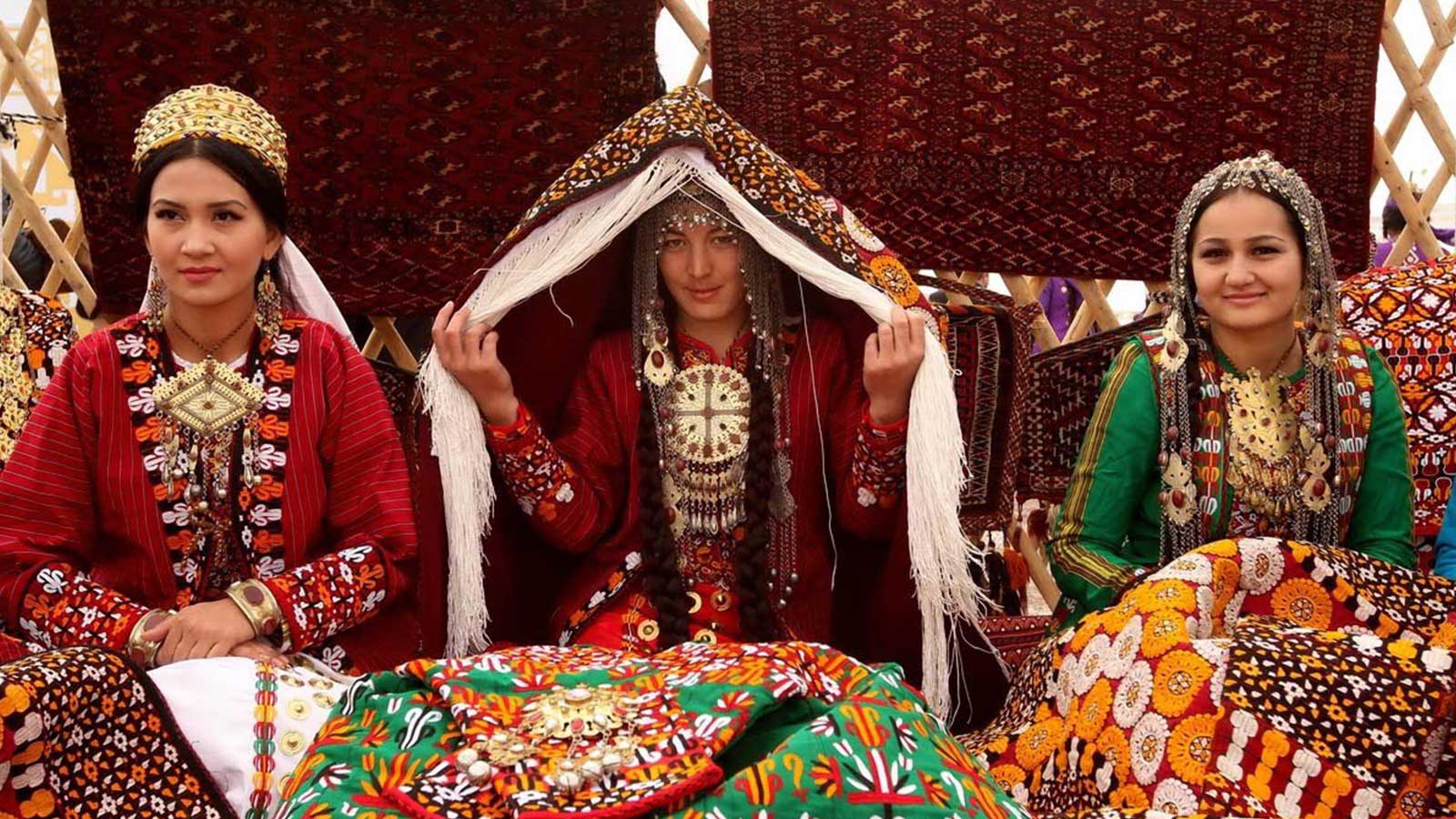
Turkmen weddings are elaborate affairs steeped in tradition and superstition. From the ritualistic slaughter of a sheep to the symbolic exchange of gifts between the bride and groom, Turkmen wedding ceremonies are a fascinating blend of ancient customs and modern extravagance.
#9. The Legacy of the Akhal-Teke Horse:
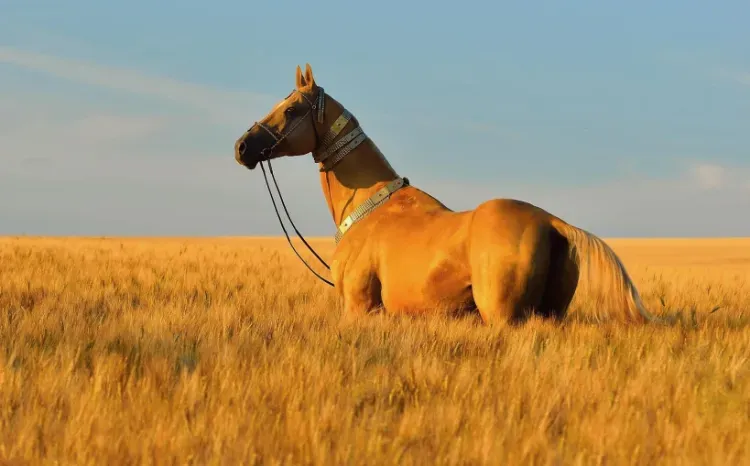
The Akhal-Teke horse, renowned for its shimmering golden coat and graceful demeanor, is a national symbol of Turkmenistan. Revered for centuries by Turkmen nomads, these majestic horses are celebrated for their beauty, endurance, and resilience in the harsh desert environment.
#10. The Ancient City of Merv:
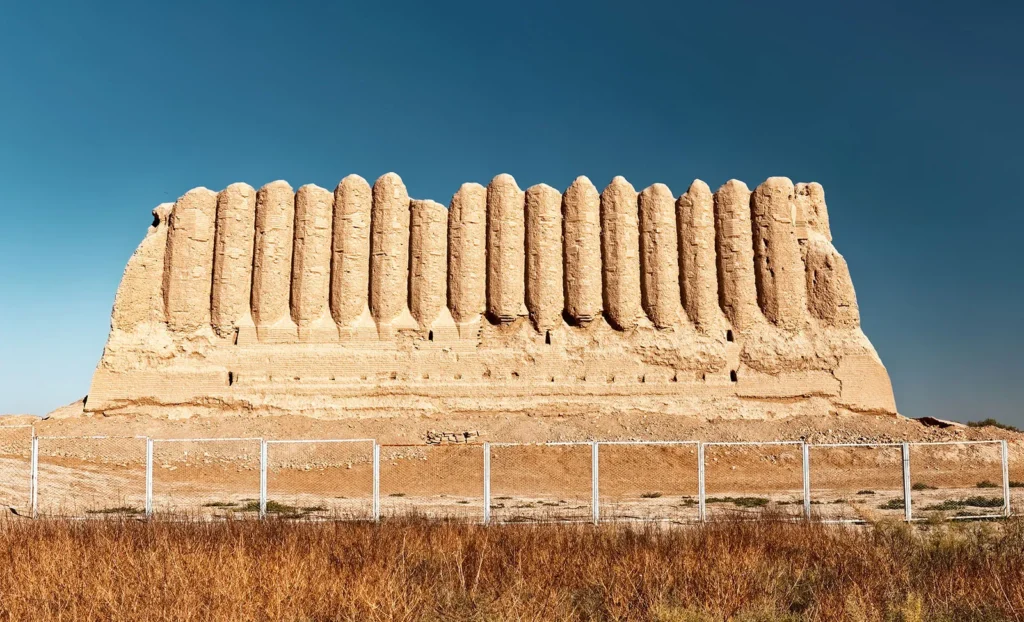
Once one of the largest cities in the world, Merv was a thriving center of trade and culture along the ancient Silk Road. Today, the ruins of Merv stand as a testament to Turkmenistan’s rich history and cultural heritage, offering a glimpse into the bygone era of empires and conquests.
You May Also Like These
Conclusion:
Turkmenistan is a land of contradictions, where ancient traditions collide with modern eccentricities to create a captivating tapestry of culture and history. From the enigmatic “Door to Hell” to the opulent marble city of Ashgabat, the country’s quirks and curiosities never cease to amaze. Whether you’re drawn to its surreal landscapes or its colorful history, Turkmenistan offers a fascinating journey into the unknown depths of Central Asia.

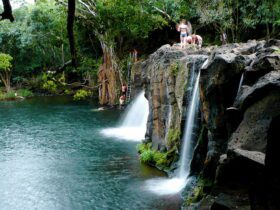
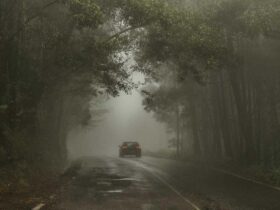




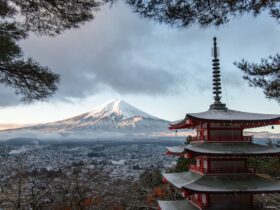

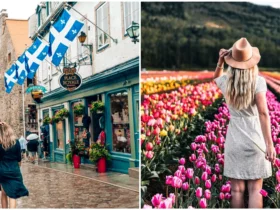


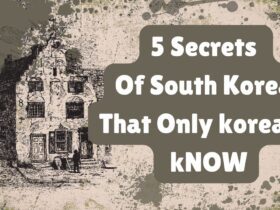

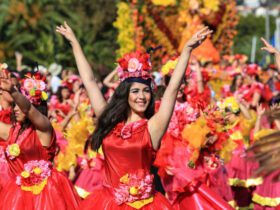
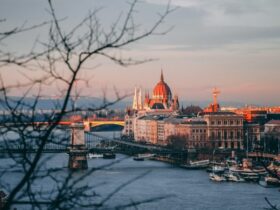


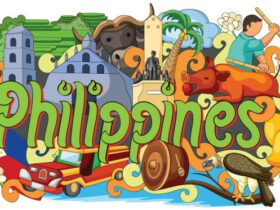


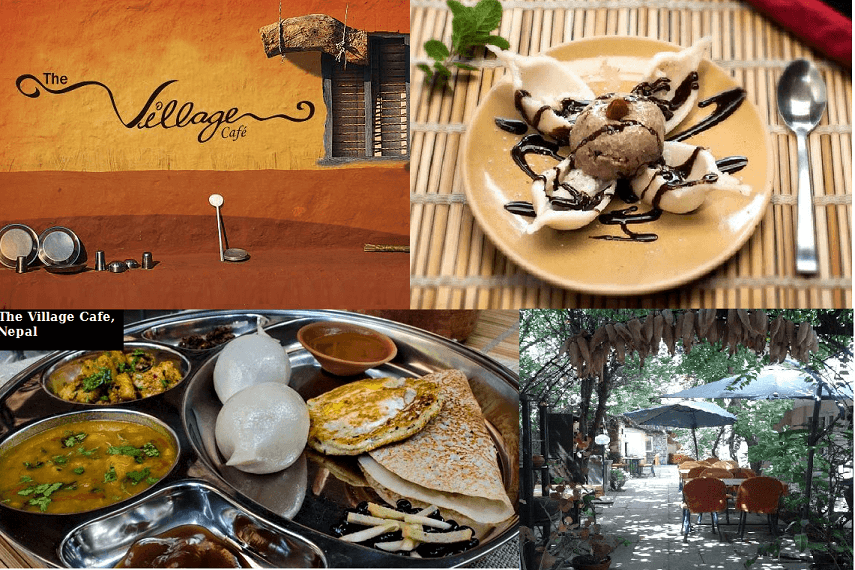
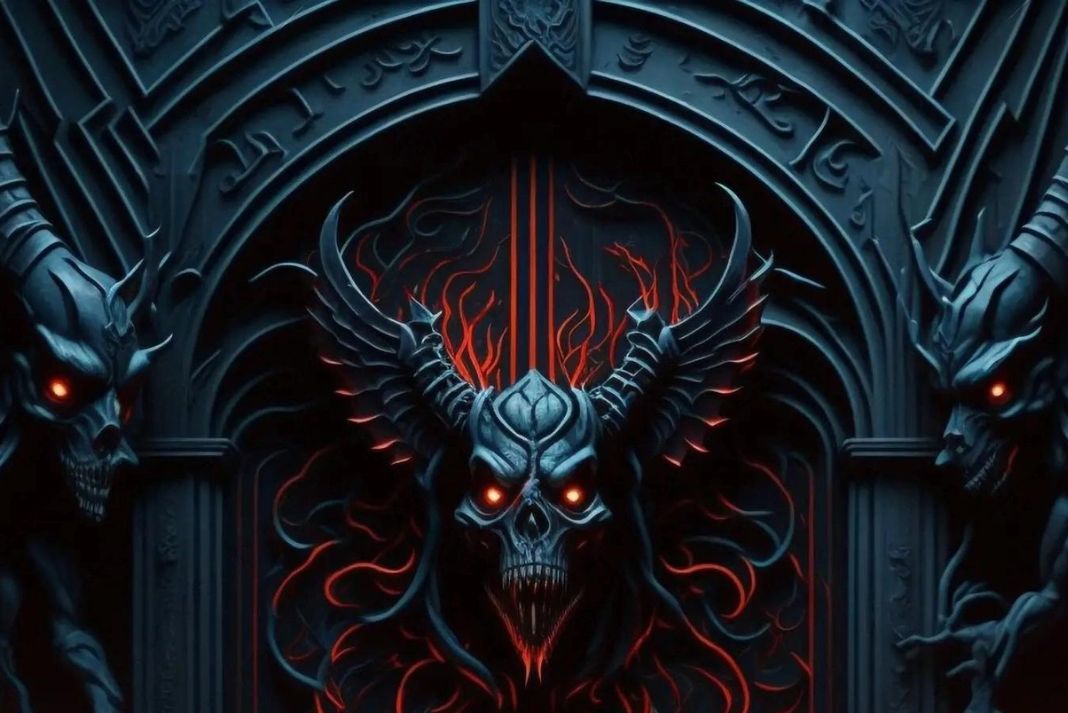
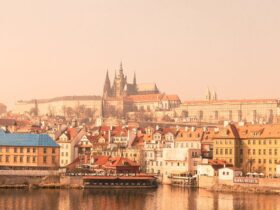
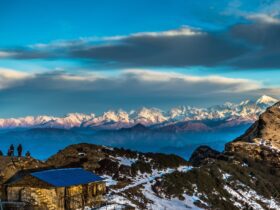

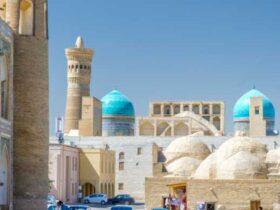





Leave a Reply
View Comments